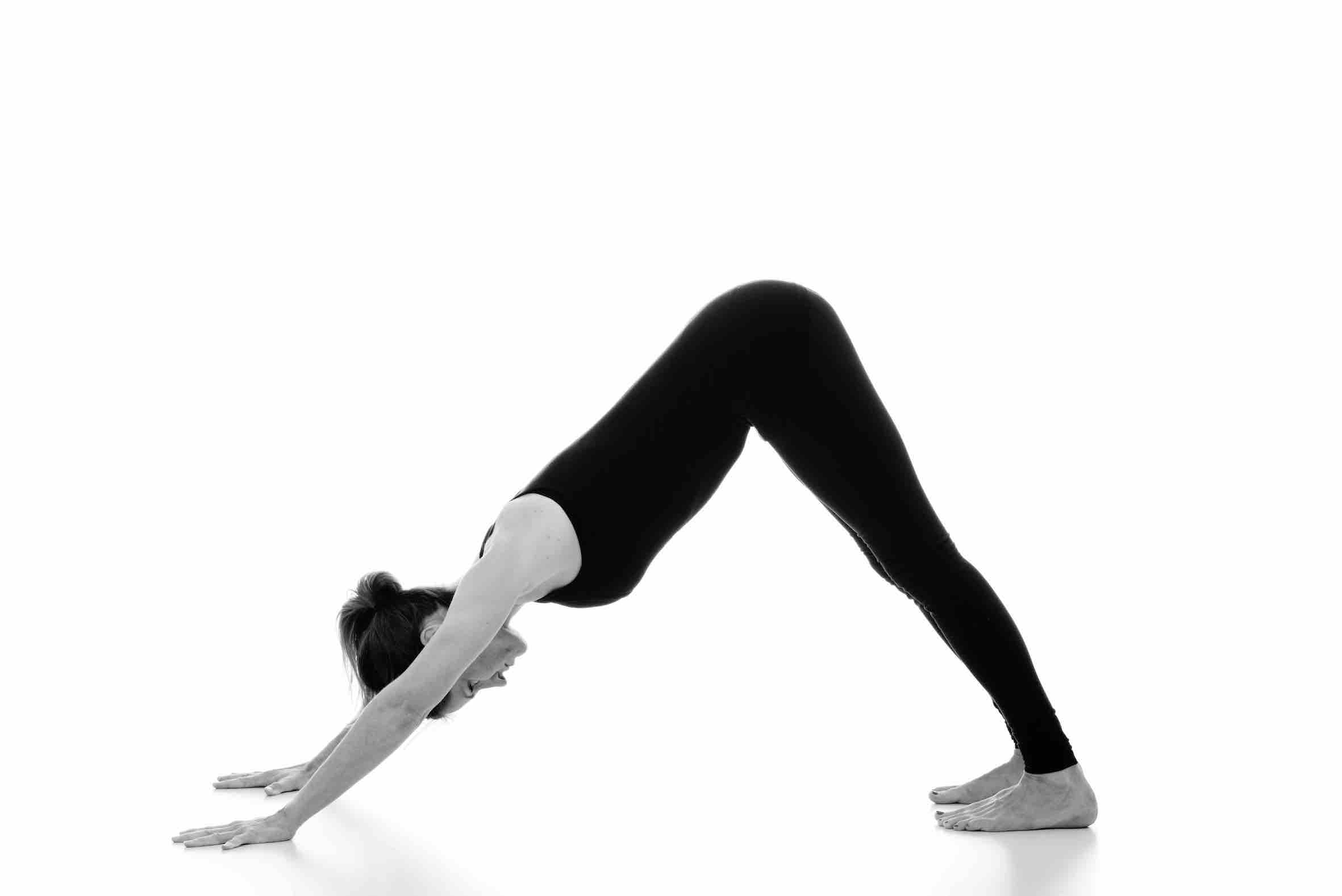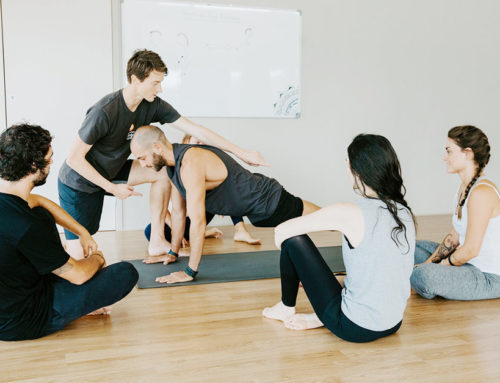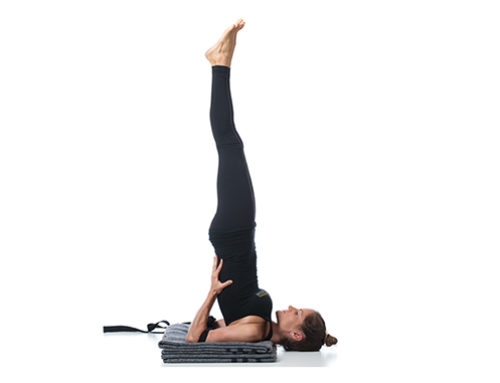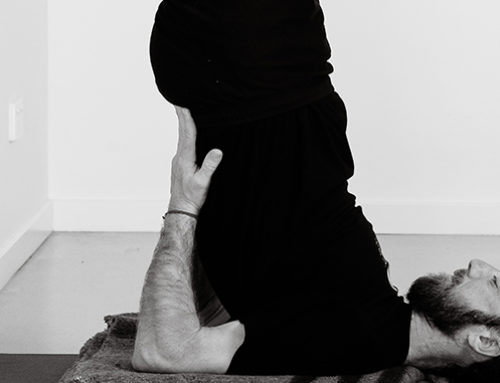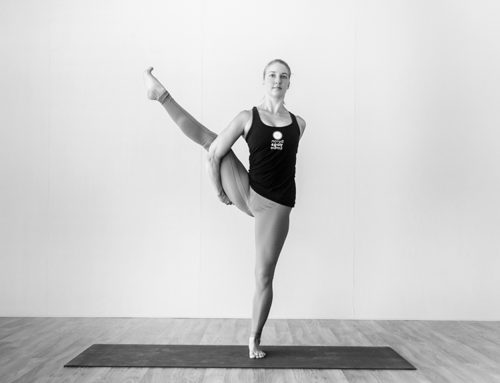Downward facing dog, or in Sanskrit, Adho Mukha Svanasana has become a universal icon for yoga. It’s a foundational asana that is common in all styles and traditions of Hatha yoga including Iyengar, Ashtanga, Vinyasa and Purna. At Byron Yoga Centre, Downward facing dog is one of the first asanas that our Level 1 teacher trainees learn to teach, and our retreat guests are taught the fundamental alignment cues of down dog in one of their first workshops.
So, what is it about downward facing dog? Why is it such a common pose in the world of yoga?!
One of the reasons that Adho Mukha Svanasana is practised so frequently in yoga is that it is both a foundation pose and also a transition pose. Downward facing dog is a key pose in sun salutations which is a common way to warm up and connect to the breath in a yoga class. Furthermore, it is a pose that we return to again and again throughout the practice between other asanas. While it can indeed be considered a strong pose, it can also be utilised throughout class as a resting pose (though maybe not for beginners!) or a place to return to re-group and stabilise.
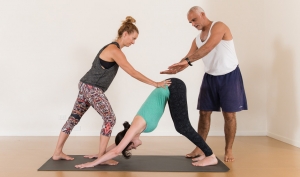
How to practice (or to teach) downward facing dog:
- Come into Balasana (Child’s Pose) and stretch your arms forward in front of you, firmly planting the hands into the ground.
- Come up onto your hands and knees. Check the position of your hands to ensure they are shoulder width apart or slightly wider, with the middle finger pointing forwards or slightly out.
- Ensure knees and feet are hip-width apart. Inhale here and tuck your toes under.
- As you exhale, lift the sitting ones towards the ceiling. Relax your head and neck down and gradually start to straighten your legs and ease your heels towards the floor,
- Keep heels out and toes slightly turned in so that the outside edges of your feet are parallel with the edges of your mat.
- Avoid hyperextending the elbows and knees and be sure to micro-bend if necessary. Gently rotate your armpits towards each other to create space and length around the neck. Ensure that the creases of the elbows face towards one another.
- To release from the pose, bend your knees, ease your buttocks towards the heels to return to Balasana (Child’s pose)
Benefits of downward facing dog:
- Stretches the back, shoulders, hamstring, calves, arches of the feet and hands
- Strengthens the arms and legs
- Strengthens and tones the heart
- Improves digestion
- Lengthens the stone and releases the neck
Contraindications and Cautions for downward facing dog:
- For Carpal Tunnel Syndrome or wrist injuries – use props underneath the heels of the hands as support (or avoid the pose if needed)
- For tight hamstrings, bend the knees
- For rotator cuff or shoulder injuries or excessively high shoulders, practice half dog with hands against the wall

